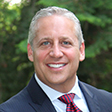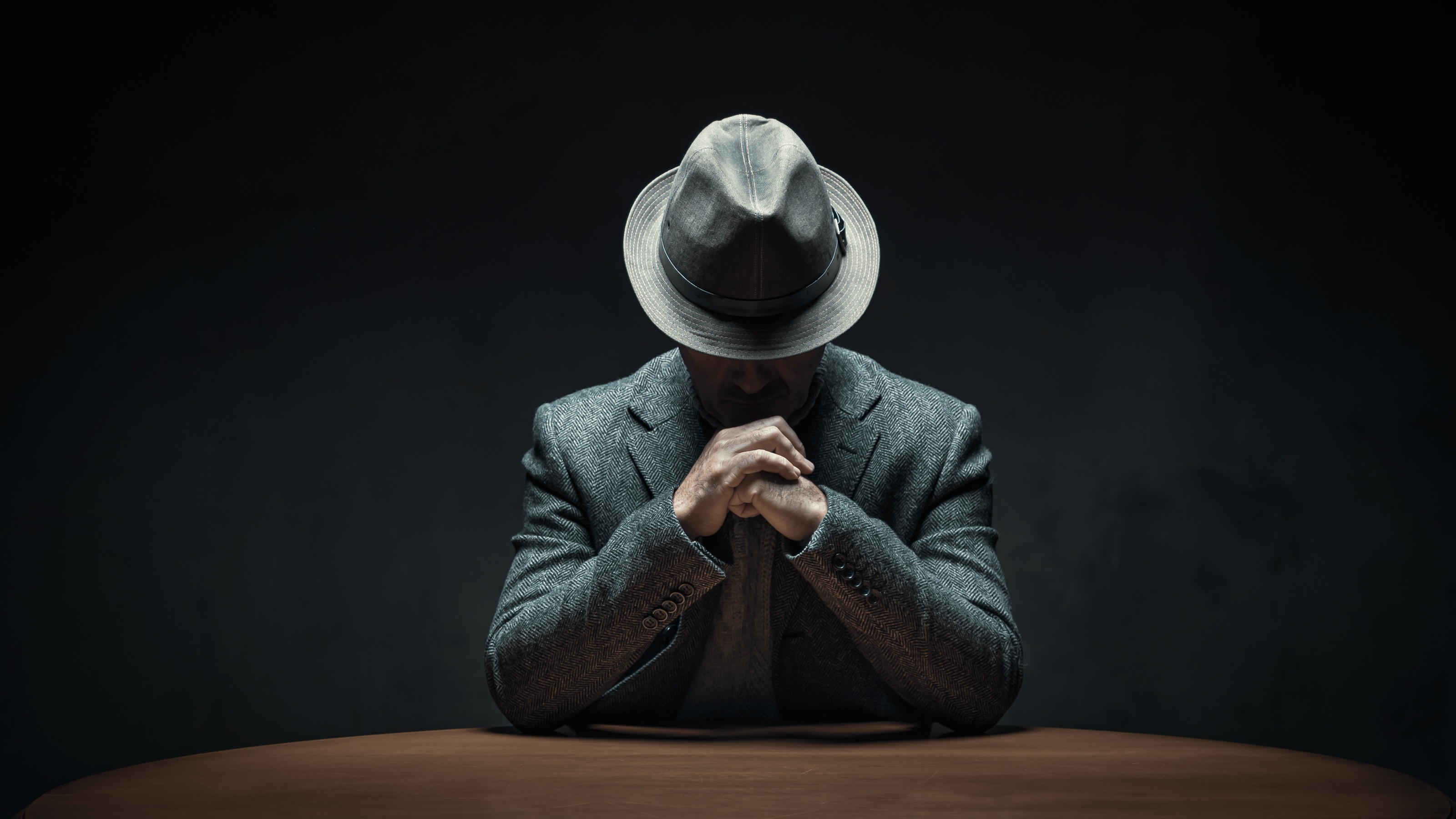Does Your Investment Portfolio Have Emergency Air Bags Installed?
This safety measure is one every investor needs in times of extreme stock market turbulence (like right now), and it requires the right kind of active management.

Between the late-February market sell-off due to Coronavirus fears and the record highs achieved in January, I’ve spent a lot of time this year fielding questions from clients about whether it might be time to pull out of the markets. Surprising, right? But both rise in performance and a drop in performance can spark the same kinds of concerns.
The concept of selling in these situations can be summed up as the “up a lot” and “down a lot” styles of investing: Markets are “up a lot” so we should get out before they fall, or markets are “down a lot” so it must be time to get out before it gets worse.
That might sound sensible in general terms, but try to imagine what it would be like to manage a portfolio like this. What does “a lot” actually mean? Which asset classes would make for a “safer” alternative? How much do you sell, and why? In my view, the “down a lot” approach is even more threatening to your financial security: It’s like thinking you might be at risk of an accident and knowing your car has air bags, but deciding to jump out anyway.
From just $107.88 $24.99 for Kiplinger Personal Finance
Become a smarter, better informed investor. Subscribe from just $107.88 $24.99, plus get up to 4 Special Issues

Sign up for Kiplinger’s Free Newsletters
Profit and prosper with the best of expert advice on investing, taxes, retirement, personal finance and more - straight to your e-mail.
Profit and prosper with the best of expert advice - straight to your e-mail.
These strategies are, in my opinion, a dangerous take on active management. But there is an alternative.
What makes for good active management?
I’m a supporter of active management as a means of mitigating risk and uncovering opportunities. But as I tell my clients, active management is very different from trying to time the market based on past performance or a gut feeling, like the “up a lot” or “down a lot” philosophies.
Rather than making decisions solely on markets rising and falling, I think it’s important to look at how the underlying economic picture is developing. Looking at a broad range of economic indicators can provide a more nuanced view of the economy and where things might be heading.
One of the active managers I turn to for my clients’ portfolios does exactly that: the portfolio managers keep track of about 20 different indicators touching every aspect of the economy, from consumer behavior to geopolitical risk and business outlook. Taken together, these analyses provide a tapestry of information. This can be assessed as a whole to help provide a picture of the potential risks facing the markets.
Using that information, portfolios can be adjusted to mitigate the impact of growing risk in the economy and to potentially help avoid the impact of severe market downturns.
How does that look for clients – and what’s the difference?
In my opinion, this is a significantly different approach compared to the way most portfolios are managed.
Most active investment managers will create a core asset allocation and perhaps include a “risk budget,” or some limits to the amount of volatility allowed in the portfolio. A manager might incorporate some economic indicators into this strategy and have a process for tactical decision-making. However, that’s where most of them will stop. Instead, good advisers will take an important additional step: personalized/customer risk management.
What does that look like? At my firm, we track the level of volatility that is personalized to the client’s asset allocation. If we see volatility outside what we would consider “normal” and believe this it is not a short-term correction, we will look to reduce risk in the portfolio by selling off assets, starting with the riskiest ones first. What many of my clients fear above all is another 2008. Taking these kinds of non-normal events (aka black swan events) into account and factoring in an investor’s specific individual needs means that we can seek to better control volatility through any market cycle.
Combined with the broad economic projections we talked about above, this is the next level of active management, one that is both highly tailored to the individual (pinpointing their own risk threshold) and highly attuned to the possible directions of the economy at the same time.
These are the air bags in your portfolio, and when they’re deployed they can help to cushion the blow of an economic turn for the worst.
Engineering versus emotion
Designing a portfolio that works like this is a lot like building a car: It takes engineering, not emotion. The process relies on having the discipline to spot big risks and build a portfolio that can deploy the air bags at the right moment. When that air bag is deployed, you start taking steps to move from riskier assets to more conservative assets, and even toward cash if the road starts to look very treacherous.
This is so important. It’s very easy to get caught up in the latest news about a single economic indicator or a single geopolitical headline, including the Coronavirus. It’s hard not to fall into it: The news is loud, and it tends to focus on one big story at a time. The unknown is always the scariest.
But the economy is far more complicated than headlines, and it’s important to have a process in place for analyzing it — and reacting to it.
On the other hand, a lot of advisers will invest your money in a long-only model portfolio that won’t adjust when the market turns — and more importantly won’t increase the cash allocation if they are forecasting a recession. Even if they’re nervous, these advisers are unlikely to make any changes to help preserve your savings; you’ll just have to grin and bear whatever the market brings. I think this is also a mistake.
For me, the key is to be responsive to the market without getting emotional. Rather than relying on rules of thumb, build a strategy that can give you all the benefits of well-designed and well-engineered risk management.
For more information on this modern, personalized approach to risk investment management, click here for a more detailed article about my approach.
Profit and prosper with the best of Kiplinger's advice on investing, taxes, retirement, personal finance and much more. Delivered daily. Enter your email in the box and click Sign Me Up.

Brad Pine is a wealth adviser and president of Bradford Pine Wealth Group, based in Garden City, N.Y. BP Wealth Group assists individuals and entrepreneurs to create wealth, simplify their lives and plan for retirement. Honesty, integrity and reliability are the foundations of Pine's investment philosophy.
-
 Dow Dives 870 Points on Overseas Affairs: Stock Market Today
Dow Dives 870 Points on Overseas Affairs: Stock Market TodayFiscal policy in the Far East and foreign policy in the near west send markets all over the world into a selling frenzy.
-
 Quiz: Understanding Roth Conversions
Quiz: Understanding Roth ConversionsQuiz Discover if a Roth conversion is the right move for you by taking our quick quiz.
-
 How Prices Have Changed in Trump's First Year
How Prices Have Changed in Trump's First YearTrump campaigned on bringing prices down for Americans. Here's where prices stand one year into his second term.
-
 Beyond the Bar: Your 5-Step Guide to Discovering Whether a Lawyer Is Shady
Beyond the Bar: Your 5-Step Guide to Discovering Whether a Lawyer Is ShadyResearch shows you can't rely on some state bar websites to vet a lawyer you're considering hiring. Here's how to check out a lawyer before you hire.
-
 6 Practical Steps to Help Keep Your Student Focused on College Rather Than the Financial Strain
6 Practical Steps to Help Keep Your Student Focused on College Rather Than the Financial StrainToo many students drop out due to financial strain. This plan can help families plan for the costs and get timely aid that sees students through to graduation.
-
 Are You the Doer or the Visionary of Your Advisory Practice? Here's How You Can Make the Leap to Chief Vision Officer
Are You the Doer or the Visionary of Your Advisory Practice? Here's How You Can Make the Leap to Chief Vision OfficerThe key is to transition from a tactical "doer" to a strategic "chief vision officer" by building the teams, processes and brand so your practice can grow.
-
 You've Heard It Before, But This Investment Advice Still Pays Off
You've Heard It Before, But This Investment Advice Still Pays Off"Time in the market beats timing the market" — been there, done that, right? But don't write off the underlying advice. There's a reason it's a popular saying.
-
 Are Clients Asking About Adding Crypto to Their Retirement Plans? This Is How Advisers Can Approach This New 401(k) Frontier
Are Clients Asking About Adding Crypto to Their Retirement Plans? This Is How Advisers Can Approach This New 401(k) FrontierAdvisers need to establish clear frameworks to address client interest, navigate risks like volatility, and ensure they meet their fiduciary responsibilities.
-
 3 Niche Oil and Gas Investments for Next-Gen Wealth Builders
3 Niche Oil and Gas Investments for Next-Gen Wealth BuildersLesser-known segments of the oil and gas sector present unique opportunities for next-gen investors and family offices, as long as they're vetted thoroughly.
-
 How to Avoid Being Buried by the Tax Avalanche in Retirement: Tips From a Wealth Adviser
How to Avoid Being Buried by the Tax Avalanche in Retirement: Tips From a Wealth AdviserAll that cash you have in tax-deferred accounts could launch you into a higher tax bracket when you start withdrawals. It's time to protect your income.
-
 I'm a Financial Adviser: This Is the Real Secret to Retirement Success
I'm a Financial Adviser: This Is the Real Secret to Retirement SuccessFor real retirement security, forget about chasing returns and focus instead on the things you can control: income, taxes, risk-taking and decision-making.